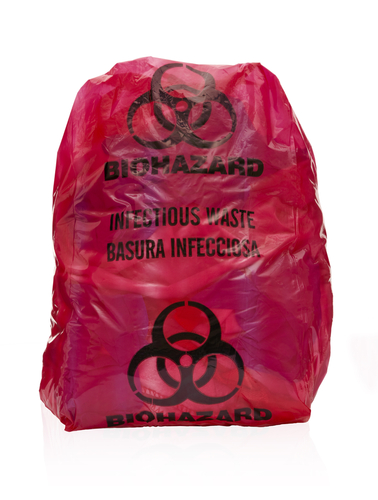 |
The EPA’s upcoming e-Manifest system implementation has taken more than a decade to plan while keeping pace with substantial and ongoing technological changes and other challenges. In February the EPA published 40 CFR Parts 260, 262, 263 et al. Hazardous Waste Management System; Modification of the Hazardous Waste Manifest System; Electronic Manifests; Final Rule, offering a better picture of how the regulated community is defined and what they need to know to prepare for the new system.
For starters, it is essential to know that anyone who currently is required to complete a hazardous waste manifest or continuation sheet, will be required to either use the e-Manifest System or opt out of the system and submit the paper form. In the e-Manifest Act, the statutory term “user” is defined to include all hazardous waste handlers (i.e., generators, transporters, or facility owner/operators) “required to use a manifest to comply with any Federal or state requirement to track the shipment, transportation, and receipt of hazardous waste or other material that is shipped from the site of generation to an off-site facility for treatment, storage, disposal, or recycling….”
Join us on May 28 when our presenter will provide a clear understanding of exactly what will be required under the new EPA rule and will suggest strategies for making the necessary changes to existing hazardous waste manifest process. Register Now.
The preamble to the final rule further clarifies that use of the e-Manifest System is, “at the election of the user.” To implement this statutory provision, the EPA’s final rule amends 40 CFR 260.10 to include the definition of a “user of the electronic manifest,” and this definition includes both users of the e-Manifest system and those submitting paper forms to the system. Not included in the definition, however, are those using the system to access manifest data and information such as regulators, emergency responders and others not submitting manifests.
With those definitions in mind, it might seem that both paper and electronic manifests may be used in the same waste handling and transportation process. However, this is not the case. The final rule requires that paper manifests be used in all situations when it is known at the beginning of the shipment process that one or more of the parties named on the manifest will not participate in the e-Manifest System, unless one of the parties can provide access to the system for the other party. This access can be accomplished using hand-held or other electronic devices.
Join us for our upcoming webinar on May 28, Hazardous Waste Manifest System Modification: What You Need to Know Ahead of the August 6, 2014 Effective Date of the EPA’s Final Rule. Register Now
This is not to say that there is any legal difference between a paper hazardous waste manifest and an e-Manifest. According to 262.20(a)(3) of the final rule, electronic manifests that are obtained, completed, and transmitted on the national e-Manifest System, and signed electronically in accordance with the “valid and enforceable electronic signature” requirements in 262.25, are the legal equivalent of paper manifests with conventional ink signatures. Further, the EPA states that the execution of an electronic manifest on the national e-Manifest system fulfills the compliance requirements to obtain, sign, carry, or otherwise use the hazardous waste manifest when required, although transporters will still be required to carry a printed copy.
